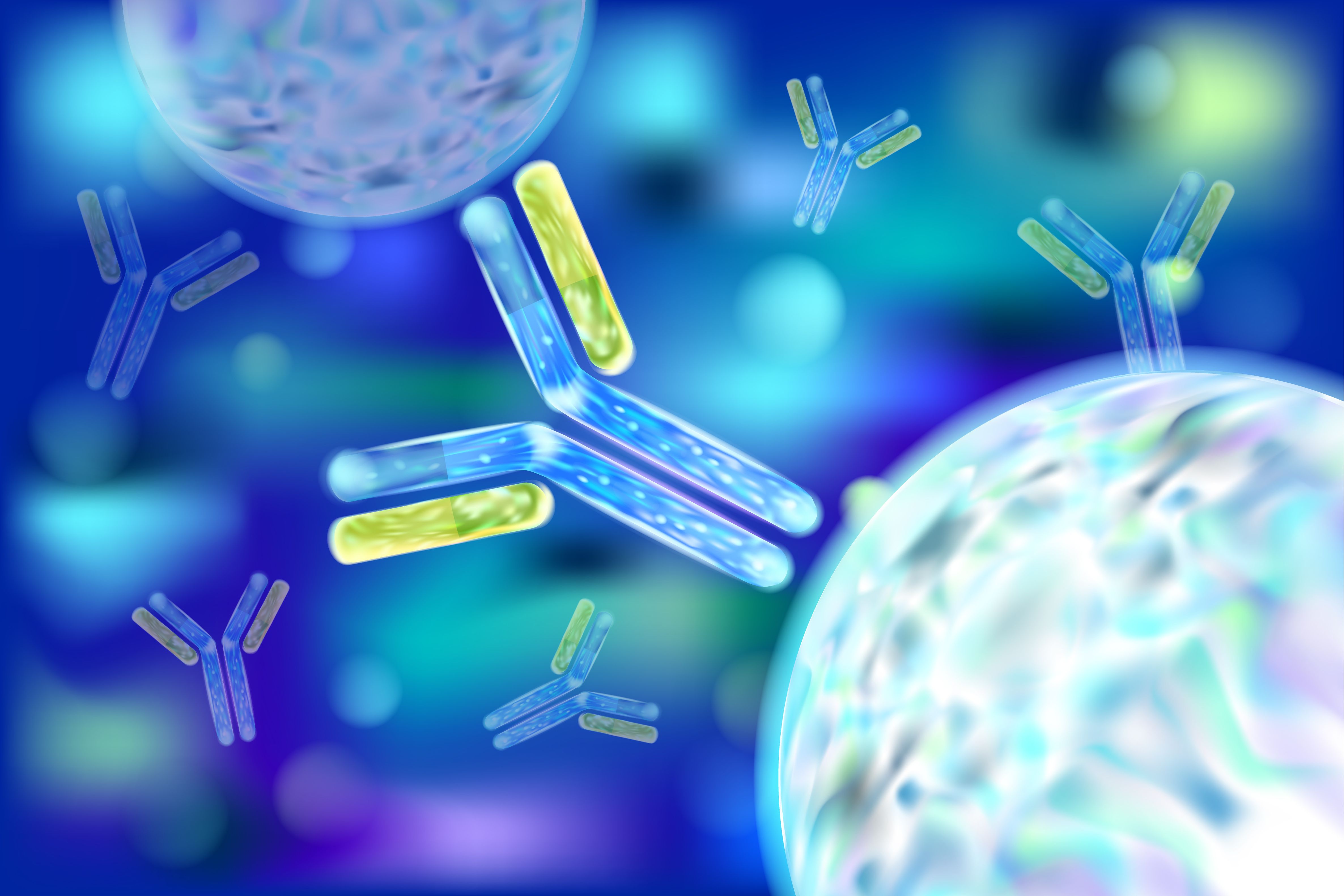Article
Mathematical Formula May Help Predict Cancer Progression
Author(s):
Researchers find cancer evolves in specific patterns that are predictable through the laws of nature.
Since cancer mutations evolve and spread following natural laws, researchers believe that applying mathematical formulas to tumor biopsies might show when cancer will change.
The study, published in Nature Genetics, was conducted by scientists at The Institute of Cancer Research and Queen Mary University of London (QMUL). In order to show that cancers will evolve in specific patterns that are predictable, they examined data from 900 tumors of 14 different types of cancer.
The results of the study showed that all of the critical cancer genes found in the tumors were already present at the start of growth. Any new mutations that came along were considered “passengers,” which are generally believed to have no real role in cancer and have no additional effect on tumor growth.
Research in cancers of the bowel, stomach, and lung, for example, showed that these genes follow a set path.
Researchers were able to show the accumulation of passenger mutations using what they called the 1/𝑓 power-law distribution. It’s reported that this same pattern can be found in physical, chemical, and biological systems in nature such as the flow of the Nile River and the luminosity of stars.
The pattern can also be found in the governing of the financial market.
"Our study shows that the spread of mutations through a cancer follows natural laws -- and is therefore theoretically predictable, just as we can predict the movement of celestial bodies or the weather,” said study co-leader Andrea Sottoriva, MD. "This predictability means that the vast amount of genetic data we can generate from tumor biopsies could tell us how a given cancer will develop over time -- which mutations will come to drive it into more aggressive disease, when they will emerge, and which drugs are best to treat them. Like in a game of chess, the aim is anticipating the next move of the adversary, to ultimately win the game."
When it came to predicting the disease path for brain and pancreatic tumors, researchers found that the results were subpar. Researchers believe that the spread of mutations in these cancers are driven by pressures on resources and space, or by natural selection.
However, it is believed that the development of these cancers could be predicted with more elaborate mathematical models in the future.
This new model has the potential to show mutations that need to be targeted, as opposed to passenger mutations that do not affect the cancer growth.
The next goal is to conclude how these new predictions of aggressive and drug-resistant mutations will effect patients over time.
"We often think of cancers as being the chaotic and uncontrolled growth of cells within the body,” said study co-leader Trevor Graham, MD. “But counter to this intuition, our study shows how cancer evolution is in fact often highly ordered and can even be explained by a straightforward mathematical rule. This rule is important because it hugely simplifies our view of how cancers evolve. Now that we know the rule, we can attempt to bend it in our favor to improve patient outcomes."






